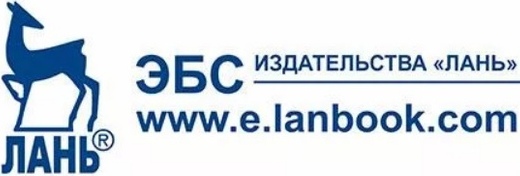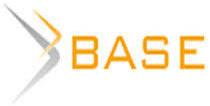THE FOURTH SCIENTIFIC AND TECHNICAL REVOLUTION, GLOBALIZATION AND INSTITUTIONS
The article examines fundamental changes in the institutional structure of the world community under the conditions of the scientific and technological revolution and globalization. Its main characteristics are the high mobility of its elements, the unstable and non-linear character of dynamics, the contraction of social space through time, the growing interconnection of natural, technical and social processes that ultimately form hybrid systems, which I call sociobiotechnical systems (hereinafter, SBT-systems , for more details see Yanitsky, 2016). The following hypotheses are proposed. The first, rapidly developing sphere of IT-production not only expands in space, but also pretends to be the creator of its institutional system. Its main difference is the high-speed interaction of many small and large highly mobile hybrid agents and systems. This interaction generates “gray zones”, which I qualify as social environments generating situational norms and rules (ad hoc rules) that are outside the existing system of international rules and norms. The second, modern information production generates cloud systems, whose norms of use are established and maintained by this production (more precisely, the owner of a particular resource). Cloud systems allow you to operate with huge data sets, but do not guarantee 100% confidentiality. Third, the mobile world generates mobile individuals who build their life strategies based on the minimax principle: a minimum of risks is the maximum of achievements that threatens the loss of their social and cultural identity. Fourth, it is possible to integrate data on the behavior of SBT-systems and their management capabilities only in conditions of a profound transformation of the institution of science itself and the ways of its connection with practice. Only interdisciplinary knowledge obtained as a result of the formation of the institute of “unified science” and the integrated language of interdisciplinary communication can give a potential opportunity not only to learn the complex sociobiotechnical world, but also to manage it.


















While nobody left any comments to this publication.
You can be first.
Yanitsky, O. (2018), “Global Risks Networks: A New Field of Interdisciplinary Research”, International Journal of Research in Sociology and Anthropology, 1 (1), 8-15, available at: http://www.researchgate.net/publication/323336737 (Accessed 15 May 2018).